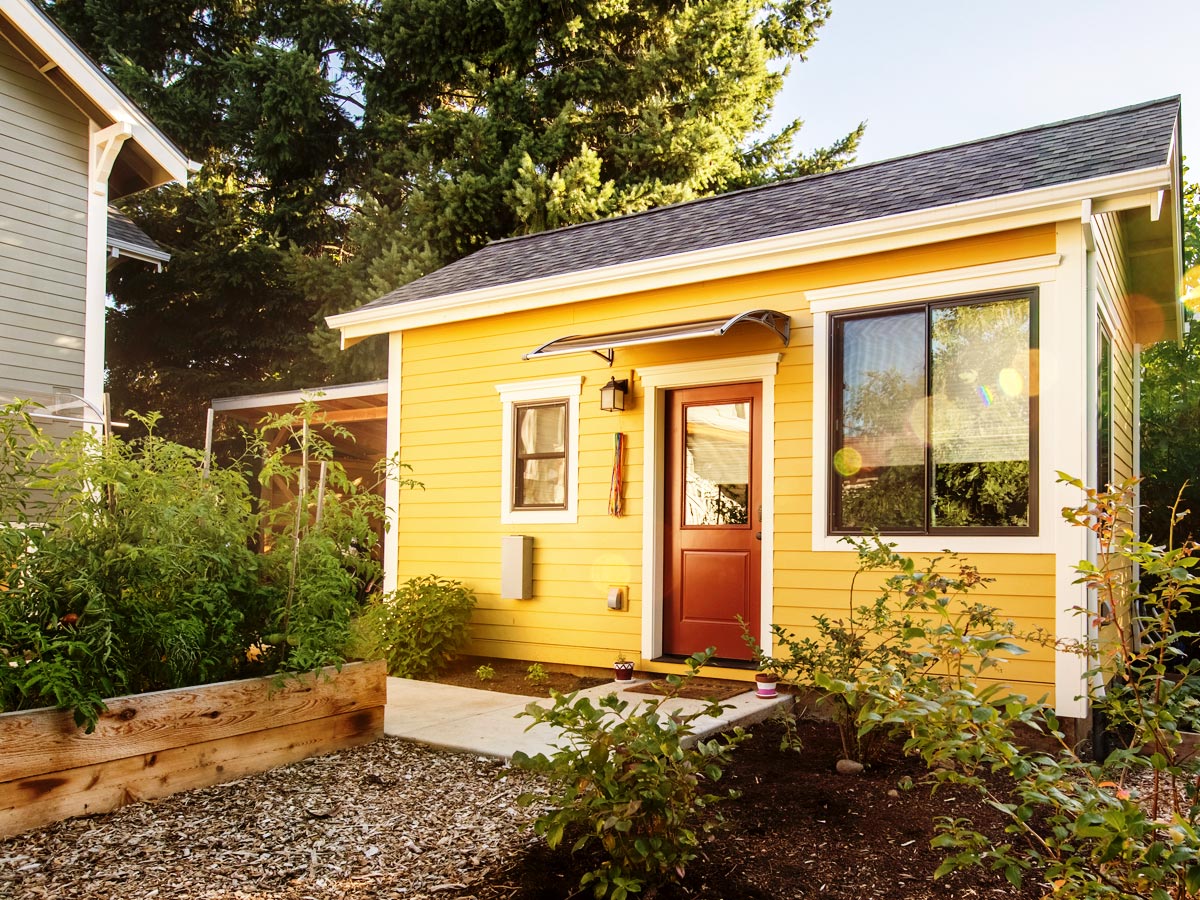By BILL LOMBARDI
Montana and Idaho are experiencing a crushing boom that has exploded hundreds, if not thousands, of residents’ dreams to buy their first home or downsize and move into a smaller unit or condo.
The housing crisis isn’t picky—it’s affecting Montanans and Idahoans across all income and age ranges. And it’s exacerbated by a pandemic, which has allowed more Americans to work from home, freeing them to live anywhere and drive Treasure and Gem state real estate prices into the Big Sky.
Idaho and Montana ranked in the top five states for strongest housing economies in the first quarter of 2021, according to a Bankrate analysis. Idaho’s home prices soared nearly 24 percent in the year ending March 31, 2021, while Montana home prices jumped 15 percent in the past year, the financial website said in its national housing survey.
Montana Housing crisis
Mid-sized metropolitan areas, such as Boise, Billings, Bozeman, and Missoula, have witnessed the march of urban high-wage buyers to the Mountain West, where housing prices are more affordable, and outdoor amenities beckon at the back door.
The downside: a housing affordability crisis in the midst of a pandemic in the middle of a housing and labor shortage.
That’s why policymakers are exploring ways to quickly build more affordable housing and rental units to add to a depleted stock, and they’re examining such alternatives as ADUs, or the clunkily named Accessory Dwelling Units.
A Building Demand
Sometimes called mother-in-law suites, backyard cottages, or, quaintly, granny flats, ADUs are defined by Missoula, for instance, as “small interior apartments or backyard houses that share a parcel with a single-family residence.”
An accessory use to the principal use of a property, ADUs are typically no larger than 600 to 700 square feet, sometimes require an on-site parking space, and are usually limited to one or two bedrooms.
They’ve become more popular as housing supplies have dwindled, but still can prompt backlash from neighbors who don’t want their neighborhoods to become havens for commercialized vacation rental units.
“I think if I was going to tell people in other communities what we’ve learned, you don’t need to be scared of them,” says Bozeman’s Community Development Director Martin Matsen. “In my opinion, any unit is a good unit. We just need housing.”
Easing Granny Flat Restrictions to Meet Demand
With its land-grant university, burgeoning tech sector, and access to the Yellowstone ecosystem’s recreational opportunities, Bozeman is Montana’s fastest-growing city (43 percent growth rate from 2010 to 2020) while Gallatin County led the state’s counties in population growth at 33 percent.
Several years ago, Bozeman planning officials teamed with Montana State University’s College of Architecture, so students could design ADU options, outline resources to get started, and make it easier to develop these units.
Matsen notes Bozeman recently completed a draft review of its development code, and over the years the city has progressively eased restrictions on ADUs as the region’s housing market tightened.
“We’ve done a lot to encourage and a lot to make them easier,” Matsen says, estimating the city sees an addition of about 20 ADU units a year. (Bozeman’s 2020 Community Plan estimated the city needs 12,700 new residences by 2045 to meet the current housing shortfall and address its projected population growth.)
A shortage in housing supply, general contractors, and labor has not made building a granny flat any cheaper per square foot relative to building other housing. But it can be a much more affordable option for seniors who might otherwise need to buy property of equal size (usually the biggest component of housing prices) and building the same housing unit.
The online real estate marketplace Zillow notes that ADUs don’t come cheap. Cost depends on the type and size of the ADU as well as local wages.
According to the City of San Jose, Calif., website, a “new, custom-built detached ADU may cost as much as $250,000,” depending on the size and any pre-existing structures, such as a garage.
Planning Ahead For Family
Freda Wilkinson of Big Sky Brokers Real Estate in Helena, Mont., is building a new home on an infill lot she was fortunate to buy recently. An infilled lot is a vacant, in-town parcel of land surrounded by other developed properties. According to Wilkinson, these types of properties are rare and hard to find.
“Infill lots with city utilities readily available [are] even more so,” she said.
Her family planned to build a new home on the parcel and decided to add an ADU for Wilkinson’s aunt.
“Our vision in building a home for our family and a home for my aunt on the same lot is that we can share responsibilities and team up on things that will make all of our lives easier.”
Trimming Costs
According to Wilkinson, anyone adding a granny flat to a lot they already own, versus building on a separate lot, can significantly reduce the price of a new build.
In Helena, for example, she said having to buy a new, separate lot can easily tack on an extra $85,000 to more than $185,000 to the price.
Prudent planning can help cut costs as well.
“If you share any common walls or utilities between the units, that saves on costs as well,” said Wilkinson.
Over in Bozeman, Martin Matsen said the city, in an effort to reduce costs associated with ADU construction, provides interested parties with pre-approved ADU building plans, which can be handed directly to a contractor, thus skipping the more-costly custom-design phase.
Idaho Housing crisis
Idahoans, meanwhile, also face acute housing shortage and affordability issues. The Gem State racked up the country’s second-fastest rate of population growth in the last decade, 17.3 percent, according to the 2020 U.S. Census.
A recent analysis of Boise’s housing market notes that 67 percent of renters and 36 percent of homeowners cannot afford market-rate housing. It also says the city needs 27,725 new units by 2030 (2,773 units per year), and 21,300 of those total units need to be affordable. City planners, meanwhile, want to produce 1,250 new affordable housing units in the next five years.
Efforts for Affordable Housing
With a population of 235,684, Boise now is exploring ways to make housing more affordable and launching tests of three options:
- ADUs,
- Tiny homes on wheels that can serve as rental units,
- An online home-sharing platform to match potential renters to those who have extra space.
In 2019, the Boise City Council eased restrictions on ADUs, allowing an increase in square footage (from 600 to 700 square feet) and number of bedrooms (from one to two). And this year, Boise adopted a housing bonus program that rewards property owners who develop or preserve affordable housing.
“The market is not producing housing that is affordable for those who have needs,” says Kyle Patterson, Boise’s data strategist who helped lead the Bloomberg-Harvard City Leadership Initiative program that studied new and traditional ways to address housing affordability.
“The city can’t solve this problem on its own. This process gives residents a way to be part of the solution.”
Need for Bold and Strategic Actions
Boise “deeply engaged” citizens in its housing affordability project, to spark ideas to address the shortage. Participants narrowed hundreds of ideas to the three concepts, which will be test-piloted to try to add lower-cost housing stock.
Patterson notes the city can’t just wait for a perfect solution for the twin problems of a housing shortage and affordability crisis.
Maureen Brewer, Boise’s housing and community development senior manager, warned Boise City Council in late August of the massive housing deficit.
“We need supply, and we need it most urgently at deeply affordable levels,” she said.
According to Brewer, a key priority for Boise is to invest in creation of new housing and focus deeply and aggressively where the market does not.
Other cities face similar circumstances, and Boise is changing, Brewer noted. But officials, she concluded, are committed to making housing a priority and can tackle this issue through “bold and strategic actions.” ISI









